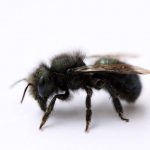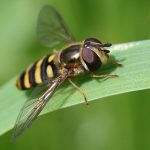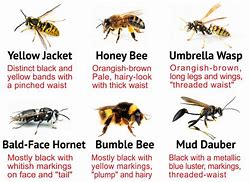Different Types of Bees
Knowing your bees is important as bees are responsible for pollinating about one-sixth of the flowering plant species worldwide and approximately 400 different agricultural types of plant. If we didn’t have bees, the world would be quite a different place!
There are about 25,000 different types of bees species according to onegreenplanet.org, with about 4000 unique species just within the United States. These are further subdivided into just nine families of bees. The Apidae family is perhaps the most well known family, with familiar members such as the honeybee, carpenter bee, and bumblebee.
 |
 |
 |
 |
 |
| These are social wasps (that is, they form colonies) but they nest aboveground. They also help control garden pests. Both can inflict nasty stings and can be aggressive, but they don’t scavenge like yellow jackets and so are less likely to show up at outdoor activities. | These bees nest in cavities, such as hollowed out tree trunks (or in beekeepers’ boxes). In contrast to yellow jackets, honeybees are relatively gentle (with the exception of Africanized honeybees). Bees that are out foraging among flowers for nectar and pollen usually sting only if stepped on or swatted. If you approach their nest, they’ll defend it but only within the immediate area. They won’t chase you hundreds of yards like yellow jackets will. A honeybee can sting only once. When it stings, its barbed stinger and the attached venom sac are ripped from its body, killing it. So the honeybee stings only as a last resort, sacrificing its life to protect the colony. | These bees nest underground, but they are so big they’re easy to distinguish from other bees and yellow jackets, and a colony rarely tops 100 individuals, in contrast to the thousands in a yellow jacket colony. Bumblebees will chase invaders and will pursue them further than honeybees, but they won’t come out in droves like yellow jackets because their colonies are relatively small. Like a yellow jacket, an individual bumblebee can sting multiple times. | These types of bees nest in the ground but they don’t form colonies (although several may nest near one another, giving the appearance of a colony). Solitary bees, such as mason bees, mining bees, leafcutter bees and sweat bees, rarely if ever sting and definitely don’t gang up on intruders. Count yourself lucky if they call your garden home; they’re great pollinators. | There are many nonstinging insects that resemble bees, too. Examples including hoverflies, bee flies and even hummingbird moths. |
Thank you to gardeners.com for this information on specific types of bees

